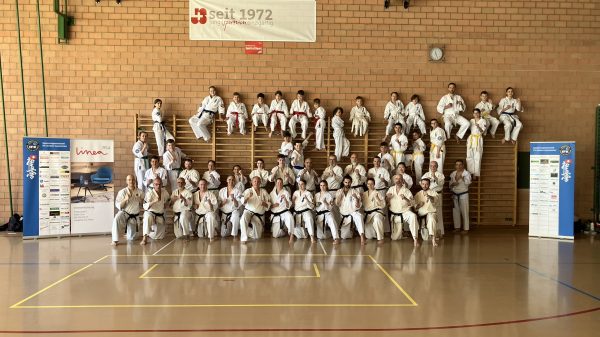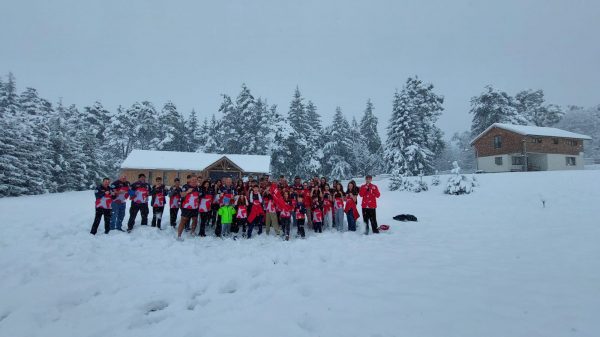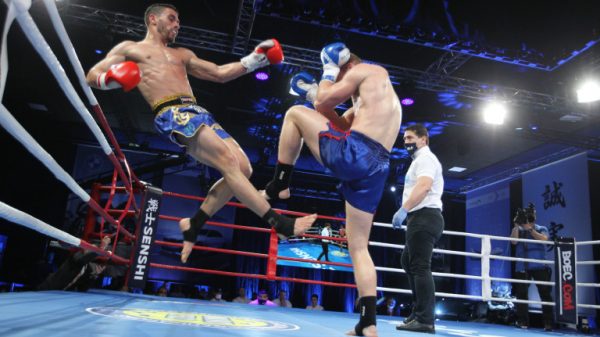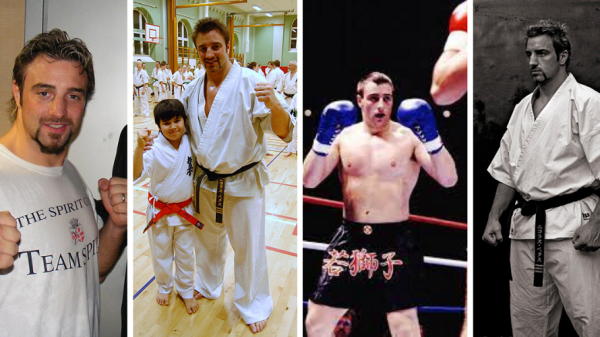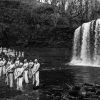It was founded in 1723, by the order of Peter the Great – the first Russian emperor

Russian Empresses Catherine the First and Catherine the Great both had a big influence on the destiny of the city. The city was named after the wife of the Emperor, Catherine the First, whereas Catherine the Second granted Ekaterinburg the status of the city and in the years of her reign, one of the main roads of the Russian Empire, the Siberian Route was paved through it.
Ekaterinburg has been playing an important role in the country since the earliest years of its existence. There was a mint that provided the Treasury of the Russian Empire with copper coins, and a lapidary factory that manufactured the decorations and interior objects for the imperial court. The city became the administrative center of the entire Ural mining industry.
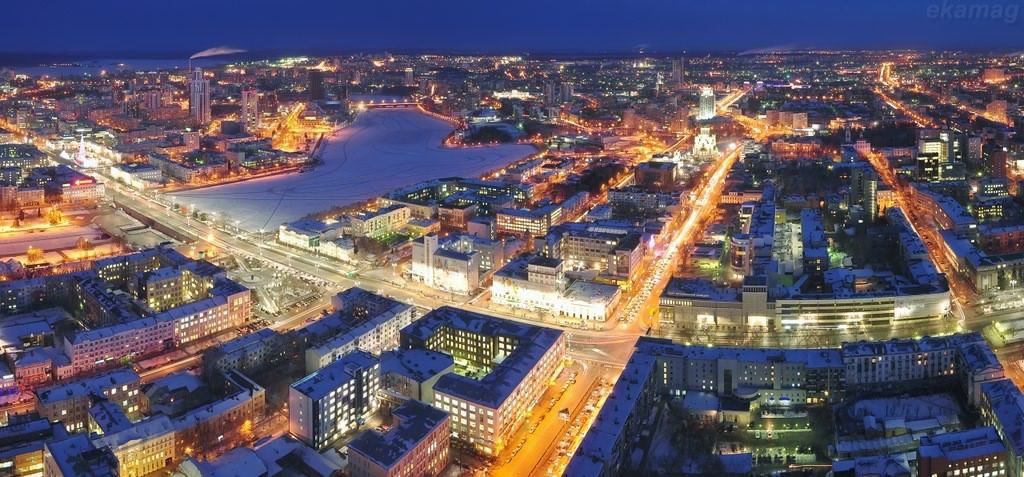
During its 294-year history, Ekaterinburg grew from the factory-fortress on the Iset River to a city with a population of almost one and a half million. It holds the fourth place in the country at average by basic indicators, and in some of them only Moscow and St. Petersburg are better.
Difficult climatic conditions have contributed to the fact that this region is inhabited by strong people with a high sense of mutual assistance and their own understanding of justice. People in this city respect the words that have been said and bear responsibility for them. The straightforward manner of their judgments may seem naive, but it is simply not customary here to “beat around the bush”.
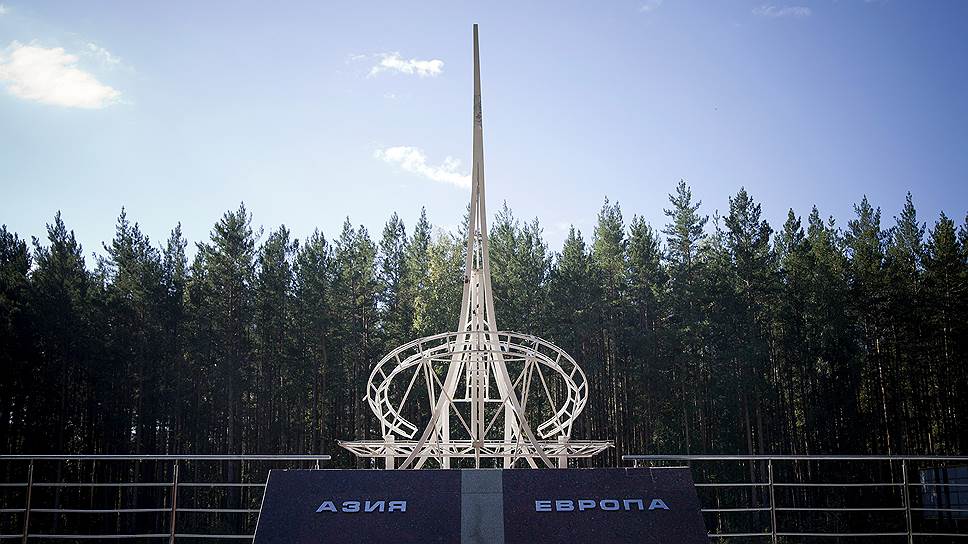
The border between Europe and Asia runs along the Urals. Thus, for about 300 years, Ekaterinburg has been considered as the most Eastern European city. Along the whole border between Europe and Asia in different places there are the obelisks. There is also one in Ekaterinburg itself. It is situated on the 17th kilometer of the Novomoskovsk Route. It was inaugurated in 2004. The plaques on the pedestal of the stela say that the stones from the very furthest points of Europe and Asia were laid in it.
The Ural Mountains have given an enormous amount of minerals to the region, but the gemstone deposits are a true pride of the country. The Urals are the richest source of stone, and its subsoil is infinitely rich with gems. You can see their magnificence in the following Ekaterinburg museums: Ural Museum of Mineralogy and Museum of History of Stone-Cutting and Jeweler Art.
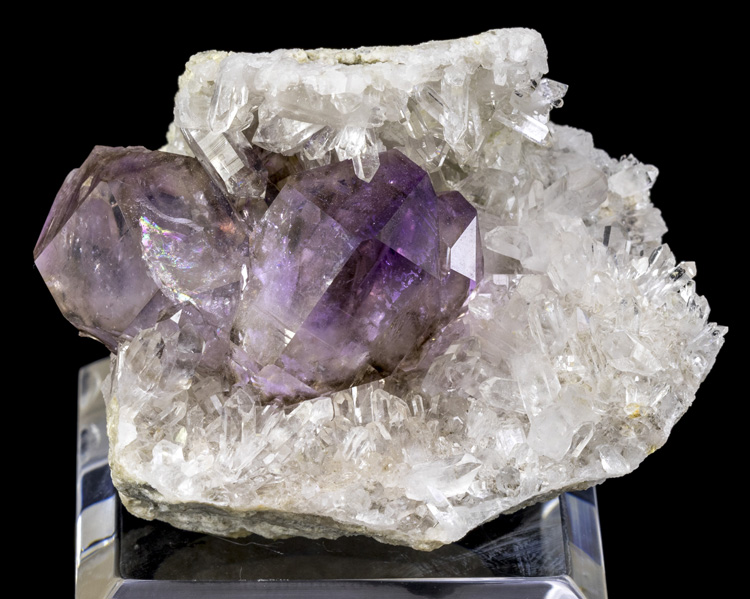
Snowy winters with real Russian frosts, which make the air quietly ring and the snow under the feet to creak and crack, also carry their unique Ural flavor, which is absolutely worth to feel.
Usually Ural frosts are accompanied by clear weather. Sunspots from falling snowflakes, huge snowdrifts, as well as ice sculptures and snow hills for riding (which arise by the New Year throughout the whole city) are able to charm anybody.
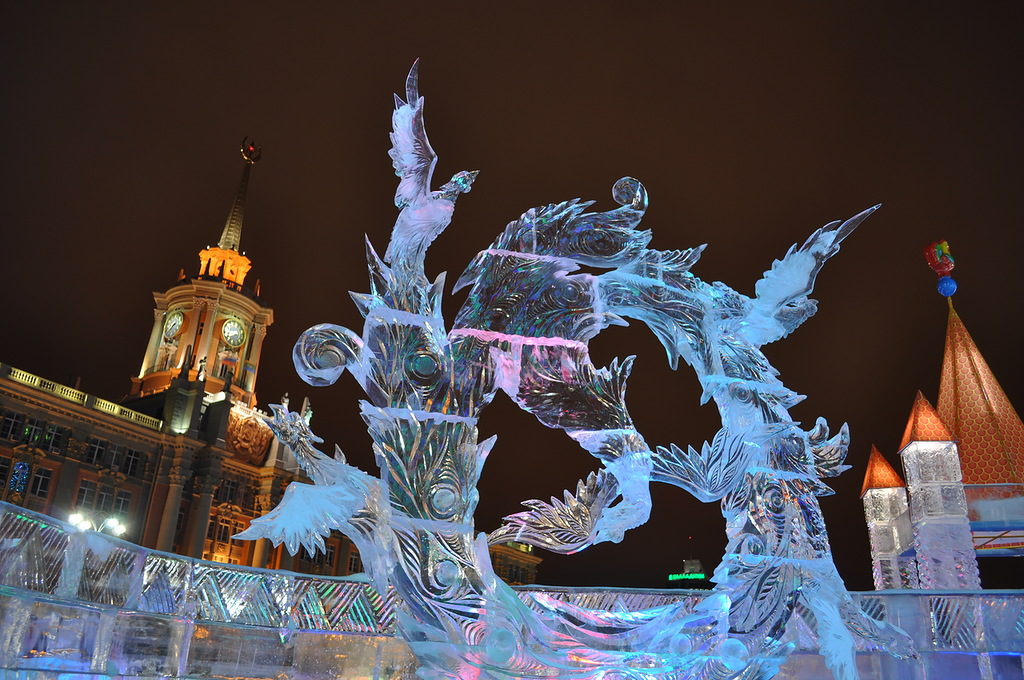
It is also safe to say that the Urals is the region with the most developed Kyokushin movement in Russia. It was Ekaterinburg, where in 1991 the 1st official Soviet Championship in Kyokushin was held. In November 1991, the Russian team participated for the first time in the Open World Championship, which takes place every four years.
Interesting facts:
Originally, Ekaterinburg was founded as the largest in Russia factory in the railway industry at that time.
It was Ekaterinburg, where a gold ore was discovered and began to be extracted for the first time. This happened in the first half of the 18th century.
Metallurgy is one of the most developed industries in the city. For instance, the carcass of the American symbol, famous worldwide – the Statue of Liberty is made of the Ekaterinburg metal.
The deepest borehole in the world was drilled through with a drilling rig called “Uralmash-15000”, produced in Ekaterinburg.
During the construction of the Ekaterinburg metro, the minerals were extracted, thus the value of the first launch area was paid off one year before its opening.
Gems and semi-precious stones in the Urals are easy to find without any special instruments. Long ago, when the outdoors games were the main pastime of children, many of them had such beautiful stones and they did not take them very seriously.
#KWUCHAMP #KWUCHAMP2017 #KWUNION
All News: KWUCHAMP 2017 / KWUCHAMP 2017 promo video
Official website of the 3rd KWU World championship among men and women in weight categories: www.kwu2017.com
Follow Kyokushin World Union – KWU Social networks: @KWUnion



